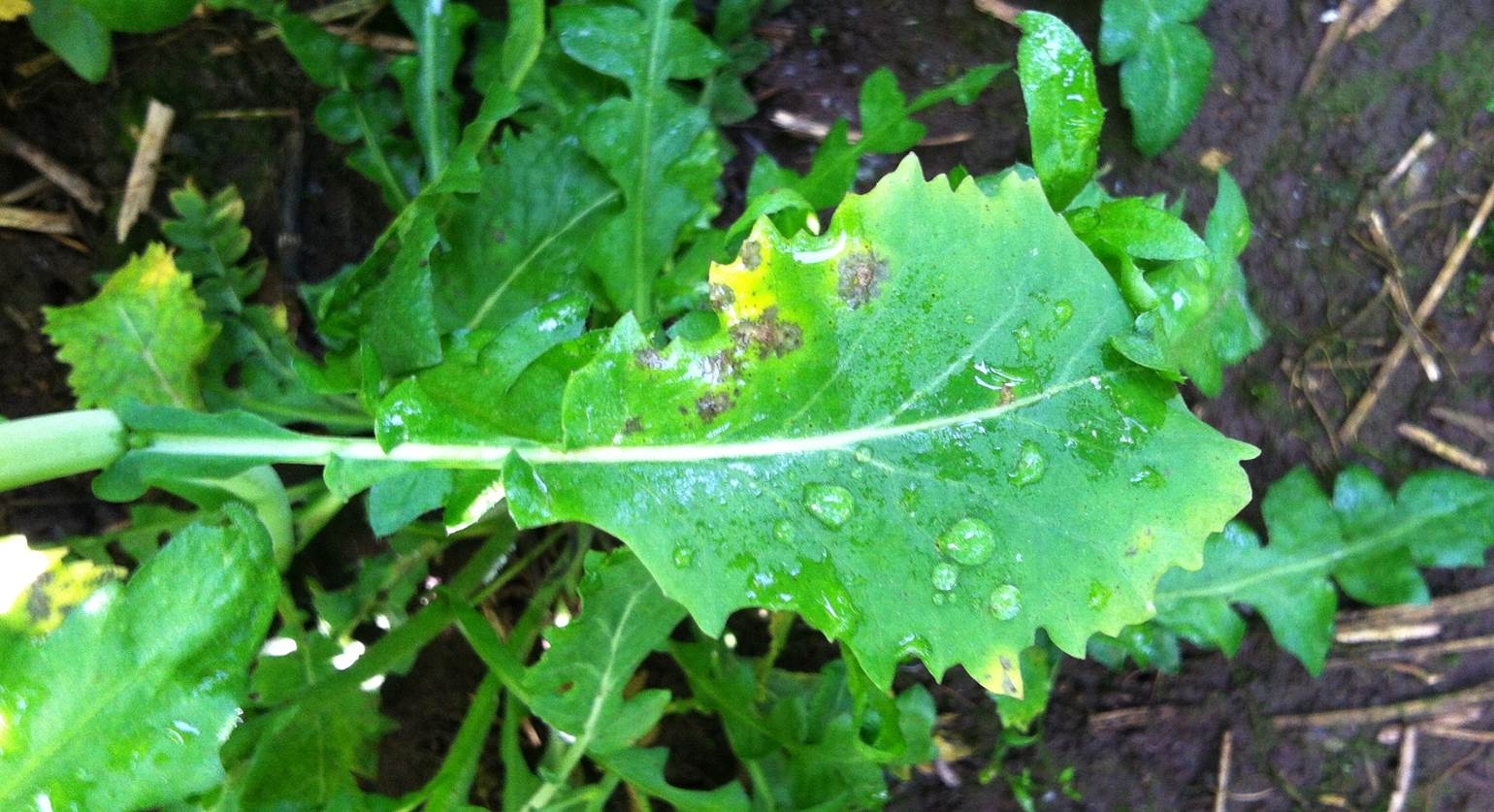
The unpredictability of light leaf spot means this oilseed rape disease is more challenging to forecast than phoma, according to a new report.
The AHDB-funded phoma forecast gives a date when 10 per cent of oilseed rape (OSR) plants, generally regarded as the treatment threshold, are expected to show disease symptoms at a range of monitoring sites.
Phoma is a fungal disease caused by Leptosphaeria maculans and causes significant crop losses in the UK.
However, at present, light leaf spot (LLS) is unable to be forecast in this way.
Light leaf spot is the most damaging disease to crops in Scotland and in recent years is increasingly being identified as a serious problem in England.
Currently, the LLS forecast is issued in autumn, with an update in spring. The forecast estimates the proportion of OSR with more than 25 percent of plants expected to be affected by the disease in the spring.
The forecast, therefore, provides general information on risk but not treatment threshold dates.
The new report outlines work that used models of LLS development to establish the potential of improving the LLS forecast to provide an early warning of the onset of LLS epidemics.
Accuracy
As part of the research, spore samples were taken from, and disease observations made at, sites across England and Scotland to provide in-field data to test the accuracy of the model predictions.
One of the most striking findings was that large quantities of LLS spores were produced from May onwards, much earlier in the season than previously reported. Spores were also continuously released throughout the summer.
The continuous nature of spore release means, in theory, infection can occur at any time once the crop has emerged. It also means the current LLS forecast can’t be improved, at present, because it requires a defined start date for spore release.
As symptoms are not seen early in the season, it helps raise the question about the epidemic cycle.
AHDB Cereals & Oilseeds said it could be that there are resistance factors which help protect young crops but further investigation is required to confirm if this or other factors are involved.
